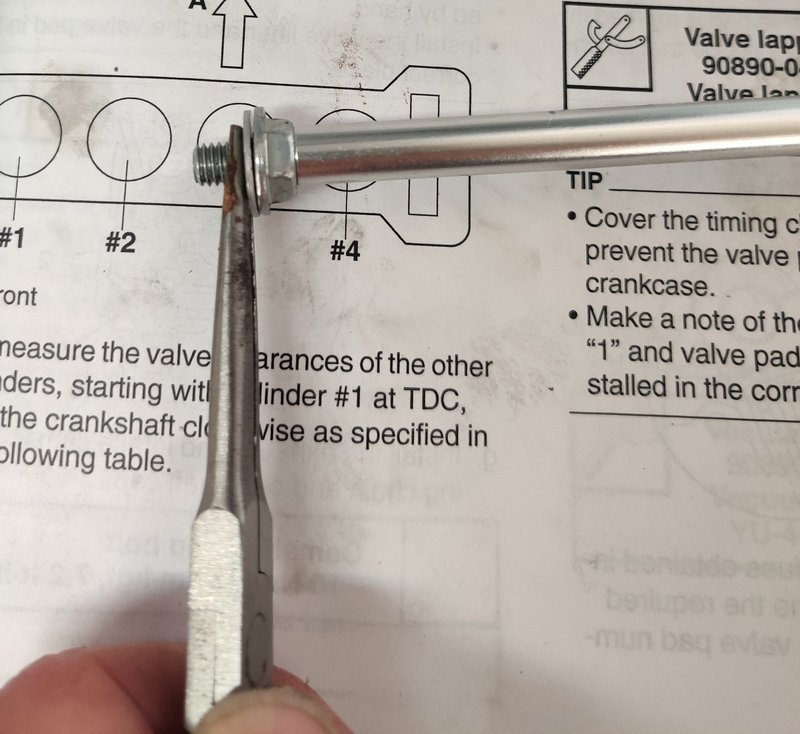I was surprised with the accuracy (and repeatability) of my relatively inexpensive digital caliper. Technique is important!Festus wrote: ↑Tue Jun 14, 2022 7:42 am Most any measuring tool is only accurate if you calibrate it, and calibration requires controls. Opening a package from Harbor Freight and using it immediately and preaching that your measurement is highly accurate because the digital readout says so isn't the best procedure for producing accurate resultsOh, and add the fact that you measured them when it's 90 degrees outside

Make sure caliper jaws and surfaces of the object being measured are clean
Using the same (light) pressure you are using to measure, set the zero on the caliper
Check it at least twice.
Check the accuracy and repeatability of your technique (as well as the caliper) using your shims, feeler gauges or anything of known dimension.
Measure shim, rotate it 90° and measure again
If repeated measurements differ, reset zero and measure again
Measure at the edge and across the middle to make sure thickness is uniform
Do not use the tips of the caliper jaws if you "calibrated" in the middle.
Try to use the same pressure with each measurement
Check zero often and wipe surface of jaws regularly
Temperature may be a factor so do your checking at the same temperature you do your measurements
Sounds like you have to do a lot of measuring and checking but it really doesn't take much time.
For what its worth, I do all measurements in metric rather than imperial. Equal accuracy is possible in either case but the user has to realize that there is a LARGE difference between 0.006" and 0.007" - more obvious when you compare 0.152 mm to 0.178 mm. You really need to consider at least two significant digits in these measurements (zeros after the decimal are not significant digits).








